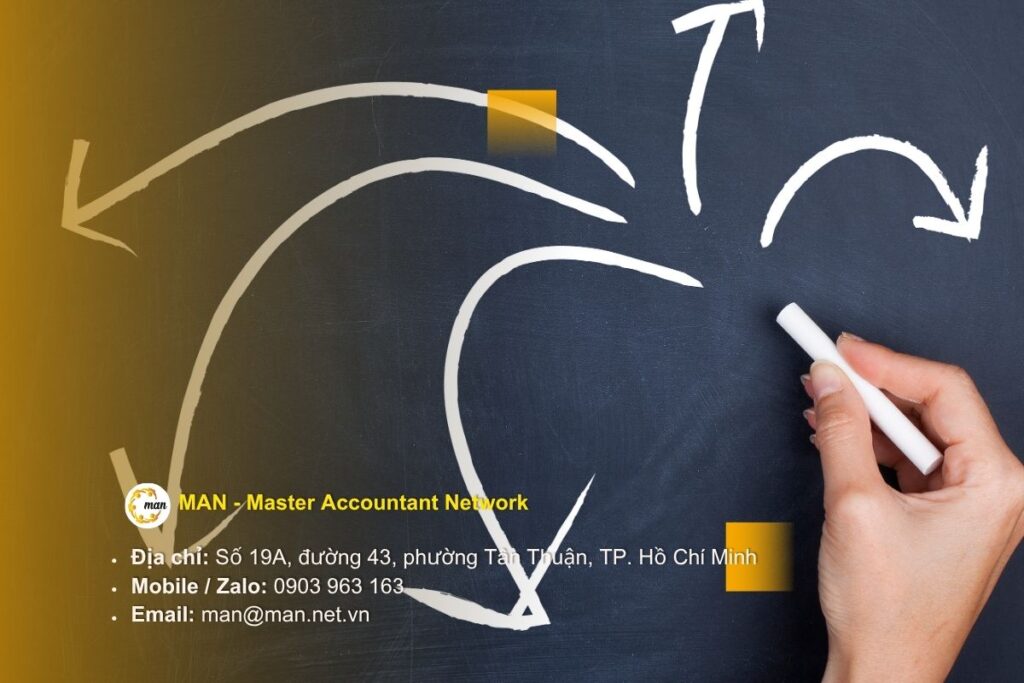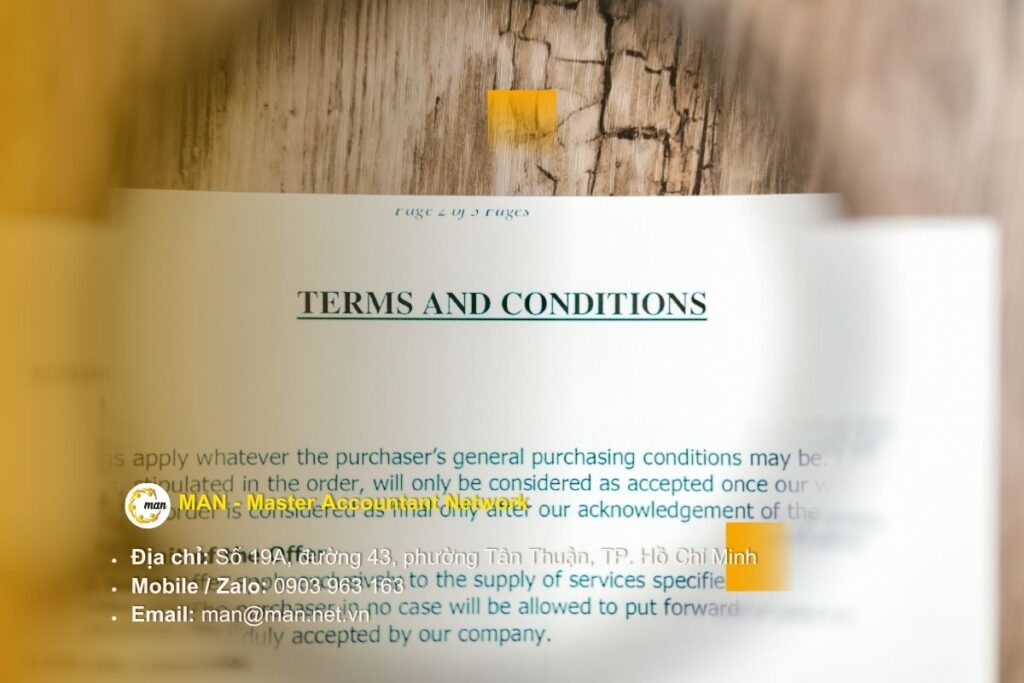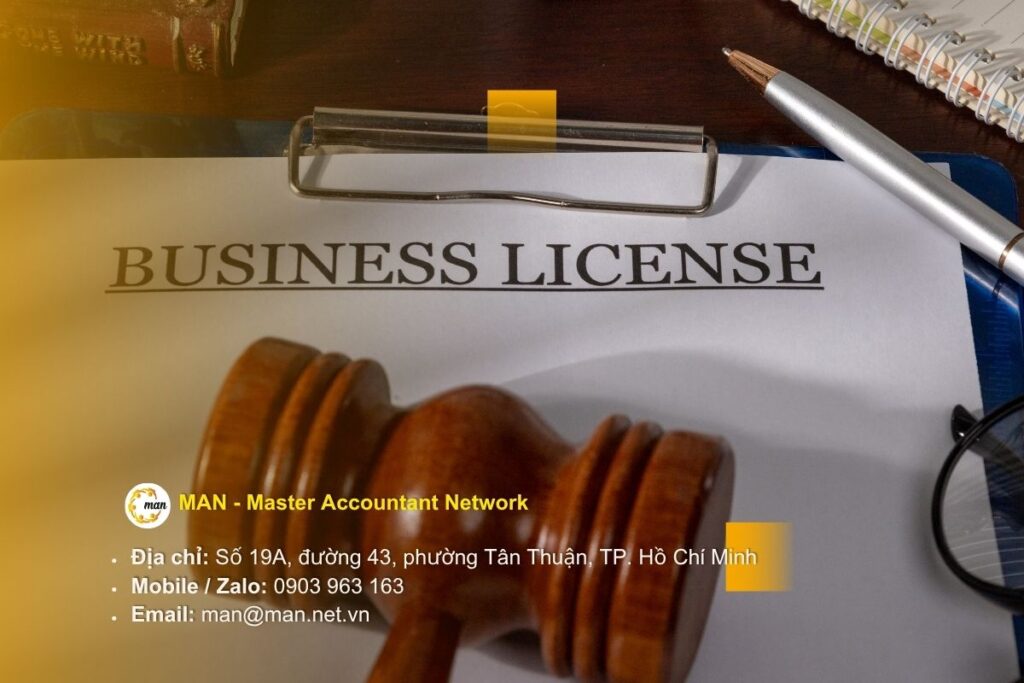Related party transactions involving intangible assets are a legal challenge for many businesses as tax transparency is increasingly tightened. From trademarks, patents to technological know-how, the valuation and management of these assets Decree 132/2020/ND-CP and OECD guidelines not only directly affect tax costs but also determine reputation and long-term development strategy. Applying the right method from the beginning helps businesses reduce legal risks and optimize economic benefits in a sustainable way.
The concept of related party transactions related to intangible assets
Affiliate transactions Transactions involving intangible assets are transactions between related parties (e.g., parent company - subsidiary, company in the same group, or entities with mutual ownership and control) in which the transaction object is intangible assets such as trademarks, brands, patents, technology, business secrets, customer data or other intellectual property rights.
Unlike tangible assets such as goods or machinery, intangible assets are difficult to determine in value due to their exclusivity, specificity and ability to generate future profits. This makes related-party transactions involving intangible assets one of the areas that are prone to tax risks, profit shifting or ownership disputes if not managed transparently.
What types of assets are intangible?
Pursuant to Section 4 of Valuation Standard No. 13 Valuation of intangible assets Issued with Circular 06/2014/TT-BTC explained as follows:
- Intellectual property and intellectual property rights as prescribed by law on intellectual property.
- The right to bring economic benefits to the parties is specifically stipulated in civil contracts according to the provisions of law (for example, commercial rights, mineral exploitation rights, etc.).
- Non-contractual relationships that provide economic benefits to the parties, such as customer relationships, supplier relationships or other entities (e.g., customer lists, databases, etc.).
- Other intangible assets satisfying the conditions specified in point 3.1.
Why intangible assets often pose risks in related party transactions?
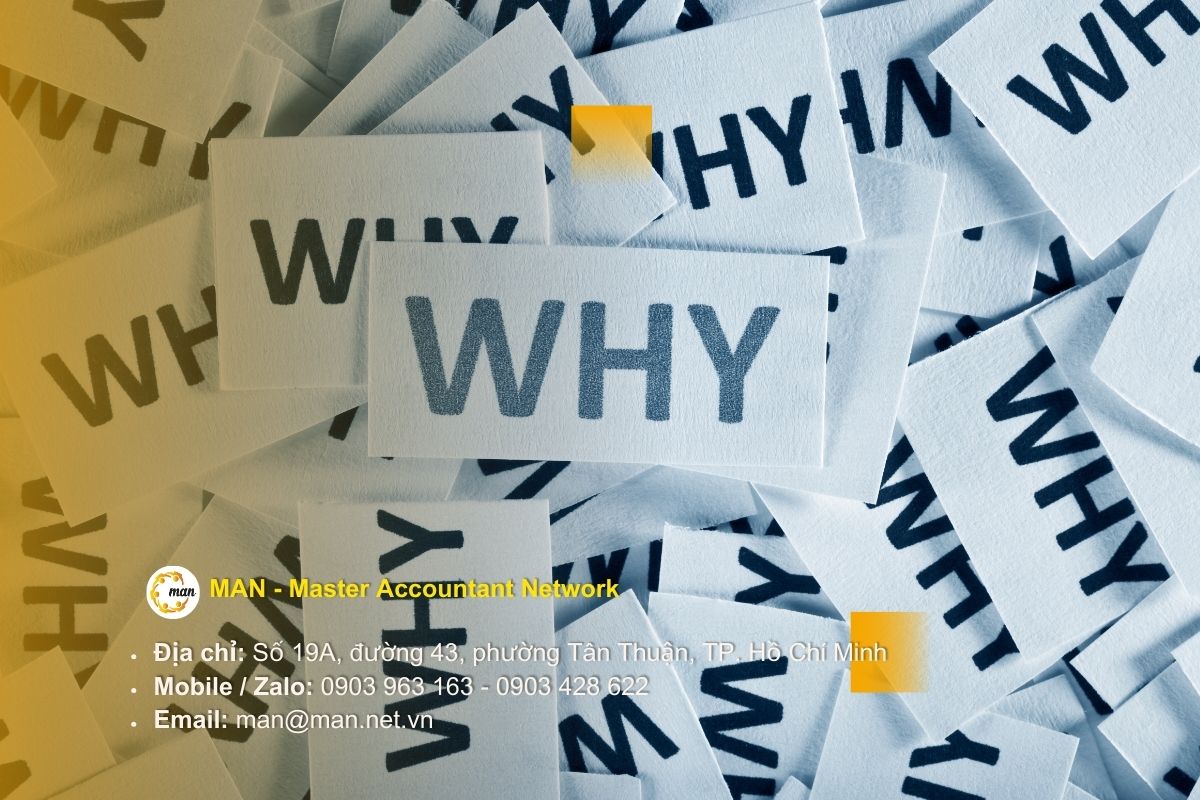
In related-party transactions involving intangible assets, assets such as trademarks, patents, technology, business secrets or customer data are inherently intangible, proprietary and difficult to accurately value. This is the reason why these transactions often pose risks, both tax and legal.
Difficult to determine the exact market
- Intangible assets do not have a specific market price, depending largely on their ability to generate future profits.
- If a business sets its price too low, the tax authorities may consider it as transferring profits abroad, leading to tax arrears.
- If the valuation is too high, the business will incur unnecessary high taxes, affecting cash flow and profits.
Intellectual property risks and disputes
- Intangible assets such as trademarks or patents may be jointly developed or transferred multiple times between affiliated companies.
- If transaction records are not transparent, businesses are susceptible to disputes over ownership or usage rights, reducing reputation and asset value.
Difficulty in transparency in tax reporting and regulatory compliance
- According to Decree 132/2020/ND-CP and OECD guidelines, related-party transactions involving intangible assets must comply with the Arm's Length Principle.
- It is mandatory to prepare valuation documents and prove the legal and economic basis of the transaction price. Failure to do so will lead to audit and penalty risks.
Due to the nature of intangible assets, monopoly and difficulty in quantifying the benefits of assets, related transactions involving intangible assets always pose risks. Enterprises need to apply standard valuation methods, transparent records and comply with the law to protect economic interests and reputation in the market.
To effectively manage in practice, businesses need to have a firm grasp of the common types of intangible assets in related-party transactions, from trademarks, patents to technological know-how, because each type has its own valuation characteristics and supporting documents. Accurate classification will help businesses build transparent and compliant management strategies. Decree 132/2020/ND-CP and OECD standards, while optimizing long-term economic benefits.
Common types of intangible assets in related party transactions
For related-party transactions involving intangible assets, common asset classes are divided into major groups, each with specific valuation, risk, and documentation characteristics.
Brands and trademarks
- Trademarks and brands are the most important intangible assets, especially for multinational enterprises.
- Value is typically determined based on revenue generated, market recognition, and brand reputation.
Patents and intellectual property rights
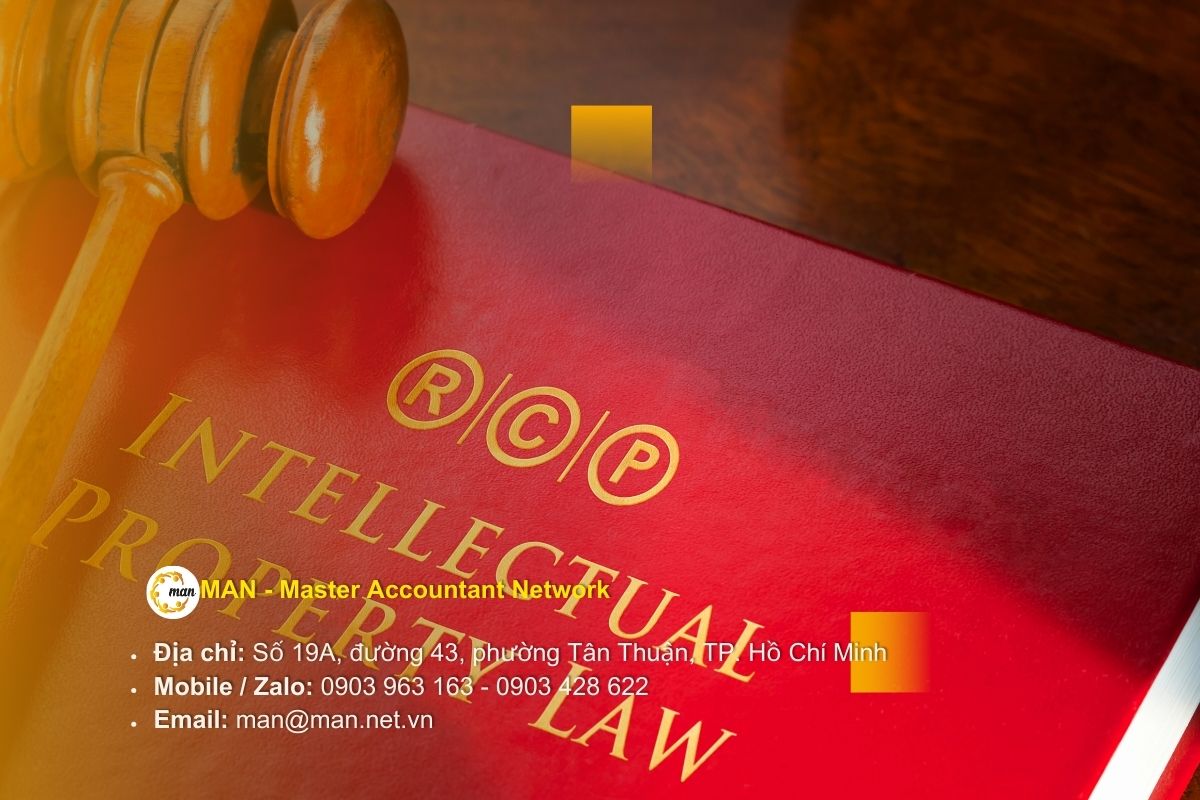
- Including patents, software, content copyright, industrial design…
- Value depends on commercial viability, protection duration and research and development (R&D) costs.
- Risk: If R&D costs or profitability are not clearly demonstrated, tax authorities may adjust prices.
Technology secrets, production processes
- Is specialized knowledge, techniques, and proprietary processes that help create competitive advantage.
- Value is determined through development investment costs and expected economic benefits.
- Risk: Lack of documentation to prove origin and economic efficiency can lead to internal disputes or failed tax audits.
Customer relationships and user data
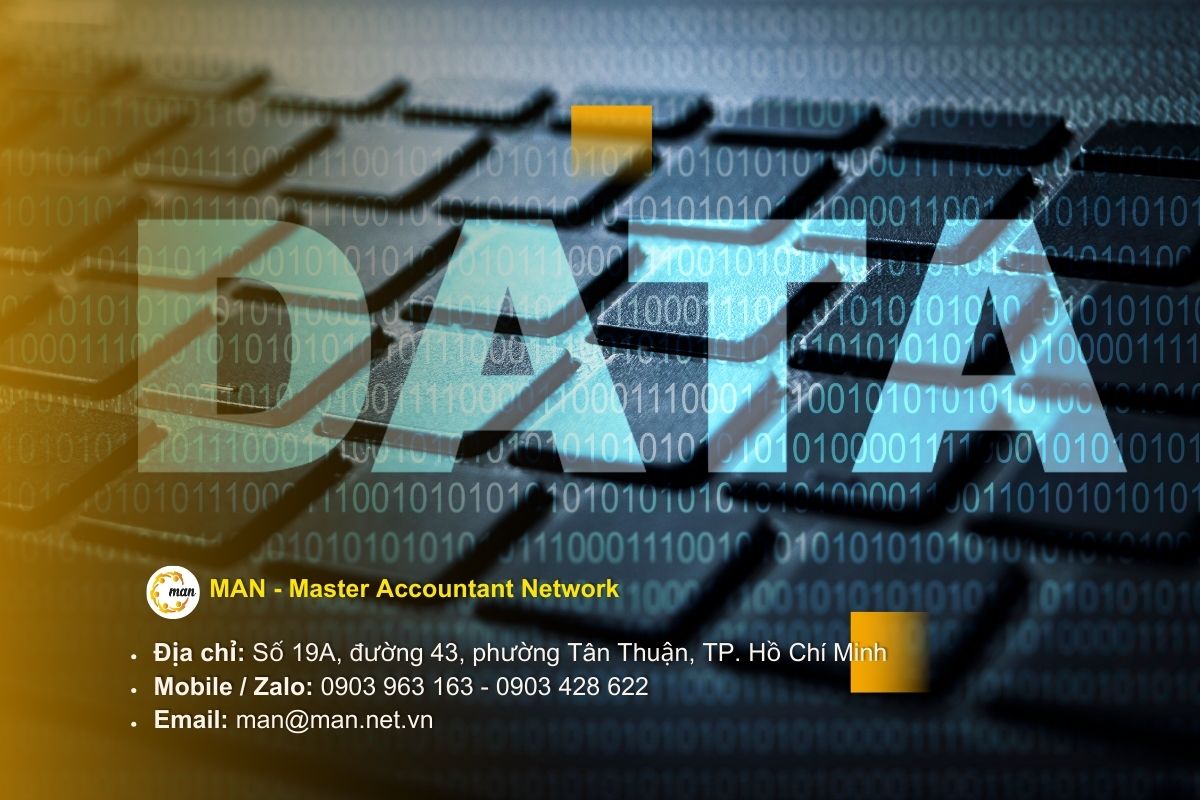
- Includes customer database, partner network, user information of commercial value.
- Quantitative value based on revenue generated from customers or data mining capabilities.
- Risk: Violating confidentiality or pricing incorrectly will affect reputation and legal costs.
Thus, each type of intangible asset in related-party transactions requires a separate valuation method and supporting documents. Enterprises that clearly understand each type will easily comply with Decree 132/2020/ND-CP and OECD guidelines, minimize tax risks and optimize long-term economic benefits.
Methods of valuation of intangible assets in related party transactions
Valuation of intangible assets in related-party transactions is an important step to ensure legal compliance, reduce tax risks and optimize economic benefits. Due to the intangible, exclusive and difficult to measure value characteristics, these assets cannot be directly priced in the market like tangible goods, but require specialized valuation methods.
Comparative method
The comparative method is a valuation method in which the value of an asset is determined based on the analysis of the prices of similar assets that have been traded on the market. Thereby, the method helps to estimate and determine the fair value of the asset to be appraised.
The basis of this method is the assumption that the market value of the property to be appraised has a direct relationship with the value of similar properties that have been or are being traded on the market.
The comparative method is suitable for all types of assets (including: movable property, real estate, tangible assets, intangible assets and financial assets) when the assets meet the following conditions: high homogeneity, common transactions on the market and relatively stable market.
Cost-based method
The cost approach is a valuation method in which the value of an asset is determined based on the cost to create or the cost to replace an asset with similar functions and uses to the asset being appraised, after taking into account the depreciation and accumulated depreciation of that asset.
The cost approach is often used for assets where there is insufficient market information to justify the use of the market or income-based approaches. It is also appropriate when valuing newly manufactured assets, newly constructed structures, or when the appraiser intends to create a new asset.
Direct capitalization method
The direct capitalization method is a valuation method in which the value of an asset is determined based on converting the expected annual steady net income stream that the asset can generate into its present value, through an appropriate capitalization factor.
This method is generally applied to all types of investment assets.
The basis of the direct capitalization method is the assumption that the value of an asset is equal to the present value of all future benefits that the asset can provide, subject to the following conditions:
- Income from the asset is relatively stable over its remaining useful life;
- The risk associated with income is predictable and remains stable.
Discounted cash flow method
The discounted cash flow method is a valuation method in which the value of an asset is determined by converting the expected future cash flows from the asset to its present value, using an appropriate discount rate.
The basis of this method is the assumption that the value of an asset is equal to the present value of all future benefits that the asset can bring. The discounted cash flow method is particularly suitable when the income from the asset fluctuates over time (is unstable).
The discounted cash flow method is often applied in practice when:
- It is necessary to determine the asset value for rental or development properties, profitable businesses, feasibility studies, or properties whose present value depends directly on future cash flows, when the valuer's assessment has a scientific basis;
- Useful for investment properties with irregular or infrequent cash flows;
- Used to check, compare or replace other appraisal methods.
Surplus method
The surplus method is a valuation method in which the value of a property with development potential is determined based on the total estimated value from the assumed development of the property (total revenue from the project) minus all expected costs incurred, including the investor's expected profits, to create that development.
The basis of the residual method is the assumption that land value is equal to the portion of land income that contributes to the total value of the investment property, converted to present value through an appropriate capitalization rate.
The surplus method is often applied in practice when:
- Evaluate real estate with development potential, especially land with the potential to be used for investment purposes;
- Used to check, compare or replace other land valuation methods to support investment decisions.
Subtraction method
The subtraction method is a method of real estate valuation in which the value of land use rights is determined by excluding the value of assets attached to land from the total value of real estate (including the value of land use rights and the value of assets attached to land).
The basis of the subtraction method is that it is possible to determine the value of a part of an asset based on knowing the total value and the value of the remaining asset.
The deduction method is particularly useful when appraising land parcels with attached assets similar to the property being appraised.
Common risks in related party transactions involving intangible assets
To help businesses easily grasp and manage challenges, below is a summary of common risks in related-party transactions related to intangible assets with detailed descriptions, helping to identify problems and plan effective management.
Board: Summary of risks in related-party transactions involving intangible assets
| Type of risk | Detailed description |
| Tax risks | Mispricing of related party transactions involving intangible assets may result in tax arrears or legal violations. Transferring trademarks, patents or customer data at prices not close to market prices is easily considered by tax authorities as transferring profits abroad. |
| Legal risks and ownership disputes | Exclusive intangible assets, without clear documentation, can easily lead to internal disputes or litigation with related parties. High risk to technological know-how, manufacturing processes or customer data |
| Reputational risk and business strategy | Related party transactions involving intangible assets that are not transparent can affect the confidence of investors and partners, reducing brand value and corporate reputation. Mispricing of related-party transactions involving intangible assets results in direct economic losses, such as paying excessive taxes or losing benefits from intangible assets. |
As the table above shows, each type of risk in related-party transactions related to intangible assets has its own characteristics and directly affects tax, legality and business reputation. Fully and specifically identifying these risks is an important step for businesses to build a transparent management strategy, comply with Decree 132/2020/ND-CP and OECD guidelines, and optimize the value of intangible assets in a sustainable manner.
After analyzing the concepts, classifications, valuation methods, as well as legal risks in related-party transactions related to intangible assets, the enterprise has a comprehensive view of related-party transactions related to intangible assets. Understanding each of these factors not only helps to comply with the law and OECD standards but also optimizes the economic value and reputation of the enterprise.
Conclude
Effective management of related-party transactions involving intangible assets not only helps businesses comply with the law and reduce tax risks, but also optimizes economic benefits and protects reputation in the international market.
To ensure that all transactions are carried out accurately and efficiently, Contact MAN – Master Accountant Network now to receive support on related transactions related to intangible assets, to optimize benefits and minimize legal risks for businesses.
Contact information MAN – Master Accountant Network
- Address: No. 19A, Street 43, Tan Thuan Ward, Ho Chi Minh City
- Mobile / Zalo: 0903 963 163 – 0903 428 622
- E-mail: man@man.net.vn
Editorial Board: MAN – Master Accountant Network

